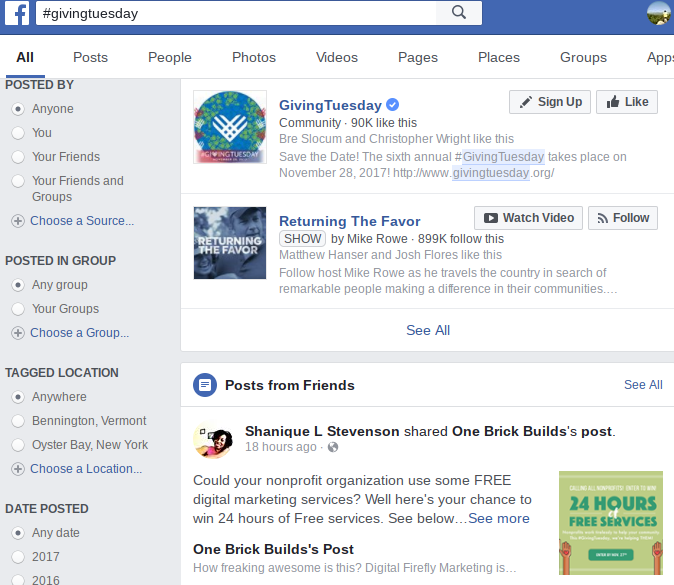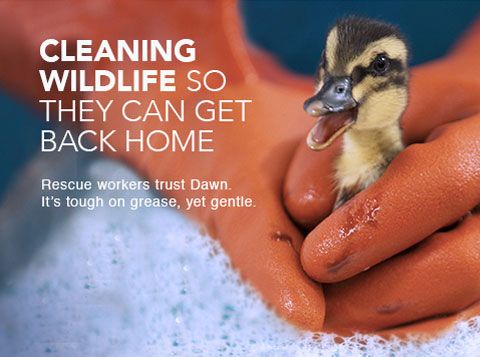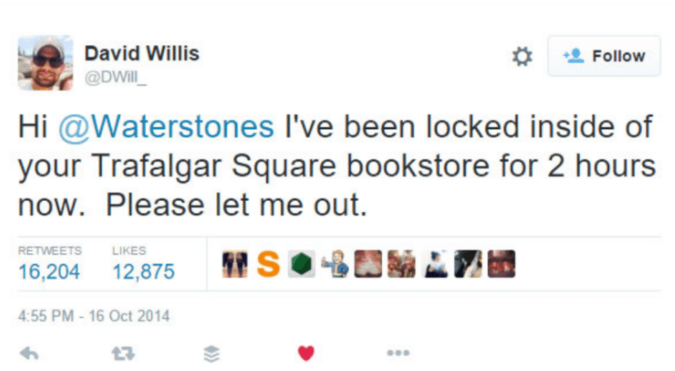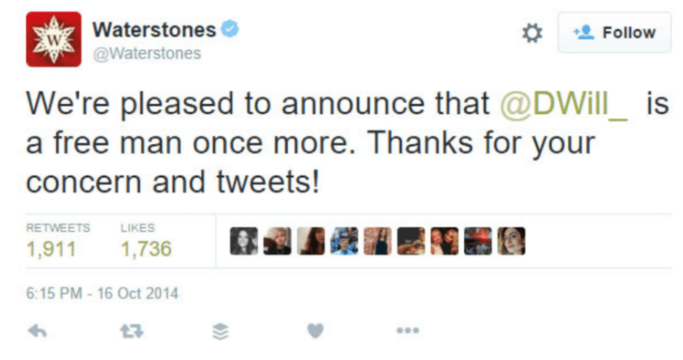Give Your Social Marketing Strategy A Makeover For Q1

We’re going to skip the cliches about how you’ve made New Year’s Resolutions for yourself but need to make them for your business and get right to the good stuff. Social media is vital to marketing. There’s no way around it anymore. A multi-faceted, robust social marketing strategy will get your brand in front of your target demographics, giving them a chance to engage and you a chance to leverage your followers’ networks. Understanding how and why social media marketing works, the platforms that matter, and how to use those platforms, is the first step. After that you’ll be able to create a social media strategy template that you can easily fill in for planning ahead of time and monitoring your goals and advancement toward them.
Everything You Need To Build Your Social Marketing Strategy
Before we get into individual platforms and how to use them, let’s look at some facts about social marketing.
Social Matters: A Look At The Data
We’re not just telling you to develop a plan for social platforms. The data proves it. Adults between 18-34 are most likely to follow a brand via social networking (Marketing Sherpa). That is a pretty wide demographic and if it’s an age group you want to capture, you now know where they are. Of those who follow brands online, 71% of those who have a good social customer service experience are likely to recommend that brand to others (Ambassador). That second stat means two things. First, being on social matters. Second, you must devote time to engaging on social and publicly addressing consumer questions, needs and even their complaints. Doing so pays off.
The Platforms To Focus On

We get it: there are a lot of social media platforms. It can be daunting to try to plan for all of them. For this series we’re focusing on the big three: Facebook, Instagram and Twitter. Each brings a different demographic to the table and serves a different purpose. So here’s lesson number one: do not create a one size fits all strategy or you’ll miss important opportunities for engagement.
Facebook is still the most used platform. In fact, The Independent reports that if Facebook were a country it would now be the third largest in the world, behind China (1.34 billion) and India (1.2 billion). According to the figures, Facebook proves it’s an impressive network: 140.4 billion friend connections exist.
The numbers make it clear: Facebook should be a part of your social game plan but make sure you’re using it the right way. Facebook posts only evoke emotion about 20% of the time with its ads getting an emotional reaction 0% of the time (AdEspresso). Save the feels for another platform and use Facebook to share information: sales, deals, product details, videos and images are the best options for Facebook content. Think of Facebook as the detective saying, “Just the facts ma’am.” Sure, you can try to post content that evokes emotion but it’s unlikely this strategy will work. The best plan is to use each platform in the way users are. Giving a user the type of information in the place they are already looking is called a “micro-moment” and is an effective way to increase your conversion potential. Users seek information from facebook, so give them information.. You’ll be glad you switched up your strategy to do this. Why? Because Facebook influences more than half of both online and offline purchases (The Drum). That stat has been rising steadily for more than 5 years.
Pro tip: The best time to post on Facebook is 3:00 pm on Wednesdays so be sure to include that in your social media marketing plan (HubSpot).
#HashtagHack
Yes, you should use hashtags on Facebook. Every hashtag appears as a clickable link with an informative box at the top of the page.

That means that using the right hashtags will bring other people to your post. Use hashtags that relate to your brand but aren’t your brand name and that are popular in your industry and stick to one or two hashtags. Why? According to Social Bakers post with:
- 1 or 2 hashtags average 593 interactions
- 3 to 5 hashtags average 416 interactions
- 6 to 10 hashtags average 307 interactions
- More than 10 hashtags average 188 interactions
Adding that third hashtag causes a significant drop in interactions so fight the urge and save the long list of hashtags for Instagram, where people love to see lots of them.
For years, marketers and brands have failed to see the power of Instagram but that’s changing. Why are attitudes changing? It might have something to do with the fact that the top brands on Instagram get 58 times more engagement from users than Facebook and 120 times more engagement than on Twitter (Hootsuite). Insta puts the social in social media and allows brands to engage directly with customers.
You already know that 71% of consumers are going to recommend your brand if you provide a great service experience via social. Add to that the amount of engagement on Insta and it’s clear: you’ve a recipe for success.
Here’s something else to consider in your strategy overall that also proves that Instagram is vital: visual content is 40% more likely to get shared (Hubspot). Instagram is a visual platform.
While Facebook is for facts, Instagram gets an emotional response from its users. So those posts that make people feel good? Instagram is where they should be shared. Instagram campaigns with emotional content are twice as likely to be shared as those with facts (Buffer).

Pro tip: Tag users in your posts and include a location. Posts tagged with another user get an average 56% more engagement. Those tagged with a location see 79% more (Simply measured).
#HashtagHack
Instagram is all about hashtags but there are strategies that help. First, monitor what other influencers in your industry are using as well as what your followers are using. Community hashtags are great capital. These hashtags link like-minded people and introduce them to posts they may not see. Using your brand as a hashtag is fine but unless many other people are using it, you’re not going to gain traction. Throw in other community-minded hashtags to show up to people who will find your posts interesting.
Let’s say you’re a restaurant specializing in Sangria. Using #sangria and #sangriarecipe are a good start. But are there other hashtags that might bring you to more users’ attention? Here’s a quick and easy way to find community hashtags without a fancy tool.
As our tutorial shows, much of this research can be done simply by clicking around and finding posts with high engagement. Look at the hashtags they’re using that apply to your posts and add them to your list of common hashtags. Clicking different posts will also lead you to less saturated hashtags where you are more likely to get seen as you build your network.
Think of Twitter as your brand’s water cooler. People are fast, often furious, and share snippets in fewer than 280 characters. That means they have something to say, and say now. Twitter has become the place for customer service woes to get aired, but can also turn them around. And while we hate to repeat it: 71% of consumers who have a positive customer service experience over social will recommend your brand. There are two things to consider in your Twitter strategy. First, link clicks account for 92% of all interaction on Twitter (HubSpot). Rather than just tweet information, your social marketing strategy should be to give them something to click – be it a link to your blog, flash sale or interesting, related content. Second, Twitter users expect things quickly. 78% of consumers who complain to a brand on Twitter expect an answer within an hour (Lithium) so make sure your Tweets are monitored and responded to.


Pro Tip: Maximize your 280 character limit by eliminating unnecessary words. If you use like “have” and “is” and “be”, chances are you can tighten your sentences. Get more in your tweets by shortening all links using a service like bit.ly.
#HashtagHack
Hack the hashtags. A recent study by Locowise found that hashtags don’t affect engagement rates and that tweets without hashtags outperform those with them.
What About Pinterest
Social is about active engagement. Pinterest is great for collecting and curating ideas but it’s a passive platform. Focus your Q1 social media marketing plan on Facebook, Instagram and Twitter to best use your resources.
How To Build A Social Media Marketing Strategy
People get focused on aesthetic when it comes to creating a strategy but here at Digital Firefly Marketing we believe in devoting our time and attention to the details. Here are the steps to build a plan that will increase awareness and engagement.

Step 1: Plan in Campaigns
Rather than throw together a series of posts that are unrelated and simply fill up the airwaves, think in campaigns. An easy campaign to get started is to highlight a particular product or service you offer. Decide on the product and start by brainstorming the following:
- Facts about the product/service that are valuable to online users.
- Emotions you want your product to invoke.
- Content (online and from influencers) that is related.
Step 2: Write Separate Posts for each Platform
The three bullets above set you up perfectly for post drafting. Bullet one focuses you on informative, educational content that is perfect for Facebook. The second bullet helps you plan images and captions that speak to people’s emotions and are likely to get a response on Instagram. Finally, you can use the third bullet to plan Twitter posts that give users links to relevant content.
Step 3: Schedule
Don’t just “one and done” your scheduling but instead use analytics and data to decide when to post. If you notice that you get a lot of engagement when you post on Friday afternoons, post on Friday afternoons.
Posting multiple times a day is a strategy to employ. If you currently post less than once a day, plan on two posts, per platform, per day. Remember to include older content in the rotation. Tie it to the current campaign.

Step 4: Execute
Kick off your campaign in January and start planning for February using the same tactics.
Are You Ready?
Next week we’re getting into predicted social marketing trends for 2018 and looking at those that broke through in 2017 and aren’t going anywhere. We’ll teach you how to build this into your Q1 strategy to grow a successful marketing strategy using social platforms. Not sure how your social media stacks up? Contact us today for a free social media audit. Also, don’t miss out on anything: sign up to receive our weekly email.
